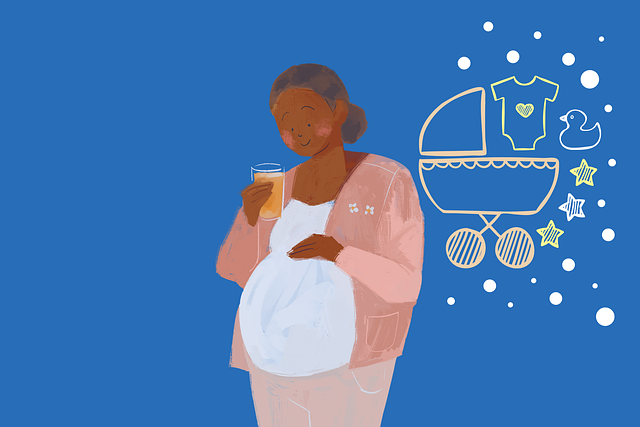When my baby boy was just two days old, the pediatrician made a special visit to my hospital room—a common practice, I assume, for all new moms. She warned me that if I brought my son into bed with us, I might inadvertently roll over and smother him during the night. “Just don’t do it. Terrible things could happen,” she cautioned. More terrible than suffocating my own child? Goodness.
And so, the anxiety of motherhood officially began. Despite her warnings, my son ended up in our bed anyway. I was breastfeeding, which meant he woke up every hour and a half for a long feed. Every time, I would inevitably doze off for a few minutes, jolted awake by visions of that pediatrician’s warning hovering over me. “WHERE IS MY BABY? WHAT HAVE I DONE?” But there he was, peacefully nuzzled against me, fast asleep and breathing.
At six months, we moved to a drafty brownstone in the middle of winter. While there was some minimal heat, the cold was biting. The fear of him freezing in his crib far outweighed my concerns about rolling over onto him in bed, so he started sleeping with us. This shifted my nightly paranoia from smothering him to worrying that my husband might somehow suffocate him with a pillow. “Never let anyone but a breastfeeding mother sleep next to a baby!” I recall hearing. I might be paraphrasing, but the essence was clear: parenting literature is often filled with fear-mongering.
One night, as I was breastfeeding, I noticed my son’s little body halfway under my husband’s pillow. My husband was fast asleep. Guilt washed over me, and I couldn’t sleep the rest of the night. The next day, I tried to cleanse myself of that guilt with a long shower—only to realize how utterly impossible it is to shower when you have a newborn. Or use the bathroom. Or make breakfast. It felt like any moment spent away from that tiny human could lead to a catastrophe.
Back then, he was small enough to nap in his car seat, and I was blissfully unaware of the warnings against it. He loved that seat, and we had no issues keeping him in it. I’d wait until he fell asleep and then sprint to the bathroom for a shower. One day, just a minute into my shower, my maternal instincts kicked in, and I raced through the apartment—naked and wet—to find my son contorted in a way that looked dangerously precarious.
How do teenagers manage to keep their babies alive? I thought, recalling the documentary Babies, where Mongolian nomads tied their toddlers to bedposts to keep an eye on their siblings. After those two close calls, I found myself questioning my capabilities. It dawned on me that the pediatrician’s intent was not malice but a necessary dose of fear—how else could one convey the gravity of keeping another life alive? The reality is that the responsibility can feel overwhelming, and in those quiet moments, you might just end up causing harm without meaning to. Welcome to motherhood!
As I reflect on this chaotic journey, I realize that parenting can be both terrifying and beautiful. For more insights on navigating the challenges of parenthood, you can explore resources such as this helpful article on pregnancy or check out our guide on the at-home insemination kit for those considering parenthood. Additionally, boosting fertility supplements can provide valuable support in your journey.
In summary, motherhood is a whirlwind of emotions, fears, and unexpected challenges. Embrace the chaos, and know that you are not alone in this journey.
Keyphrase: Parenting Journey
Tags: [“home insemination kit”, “home insemination syringe”, “self insemination”]
